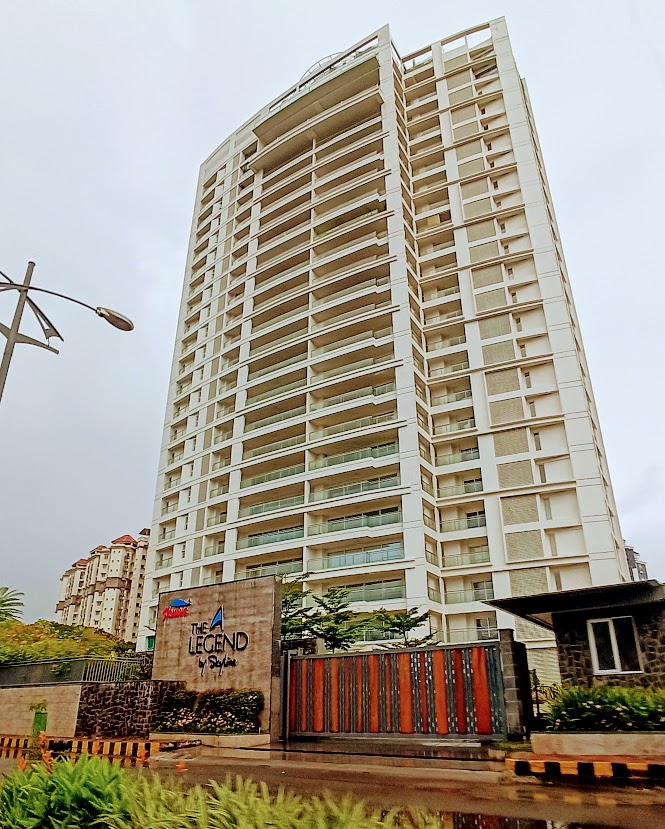BANKS
Rise in home loan defaults
There is a steady increase in home loan delinquency across all segments of ticket sizes and age groups; defaults highest in premium segment and among age group below 25 years, says CRIF High Mark.
There is a steady increase in home loan delinquency across all segments of ticket sizes and age groups; defaults highest in premium segment and among age group below 25 years, says CRIF High Mark.

There is a steady increase in home loan delinquency across all segments of ticket sizes and age groups, according to credit information bureau CRIF High Mark.
While the highest defaults are in the premium segment of home loan borrowers who took a loan of Rs 75 lakh or more, the overall delinquencies have increased by 23 basis points (bps) to 2.49% as of December 2020.
The defaults in the premium segment (Rs 75 lakh or more) are the highest at 3.01% as of December 2020. This is followed by the affordable segment home loan borrowers (up to Rs 35 lakh) where the delinquency is at 2.56%. In the mid-range segment (above Rs 35 lakh and up to Rs 75 lakh), the delinquency is at 1.99%.
Within the affordable segment, less than Rs 10 lakh ticket size loans have the largest amount of delinquency at 4.44%.
Amount (in value terms) delinquencies by 90+ DPD (days past due) in housing loan book stood at 2.49% having increased across all segments of ticket sizes, the report said.
Housing finance companies, including non-banking financial companies, have the highest delinquencies, largely due to the stress in the less than Rs 15 lakh ticket size book.
The defaults are on the rise across all age group borrowers for the last three years, according to a quarterly report released by CRIF High Mark.
Age-wise, default rates are highest in less than the 25-year-olds. They are at 4.24% as of December 2020, 3.91% in 2019 and 3.1% in 2018.
Default rates are the lowest among borrowers above 45 years of age, followed by those who fall in the 26-45 age bracket.
Delinquencies in the age bracket between 46 and 55 years stood at 1.72%, 1.96% and 2.21% in December 2018, 2019 and 2020, respectively.
Despite the Covid-19 pandemic, India’s housing loan market has rebounded and registered a 9.6% year-on-year growth in terms of portfolio outstanding (PoS) in the third quarter of FY2021.
The portfolio outstanding of the sector stood at Rs 22.26 lakh crore as of December 2020 compared to Rs 20.31 lakh crore a year ago, the report said.
The industry had witnessed 10.4% growth in PoS in December 2019 quarter over earlier year period.
The report said the growth was flat in quarters ending March 2020, June 2020 and September 2020 due to Covid-19 pandemic, the resulting nationwide lockdown and suspension of most of the business and lending activities in large parts of the country.
"However, there has been a rebound in housing loan originations in the quarter ending December 2020, leading to 4.52 per cent growth in portfolio outstanding," the report noted.
Affordable housing segment (ticket size up to Rs 35 lakh) constituted 90% of the market by volume and nearly 60% by value as of December 2020. Within the affordable segment, loans under ticket size of Rs 15 lakh comprised 70% by volume and 38% by value.
According to the report, young borrowers and millennials (below 36 years), with high aspirations and commensurate disposable incomes, are increasingly seen as an attractive audience for housing loans, with a share of 27% in the annual originations in FY 20-21 (till December 2020).
The average ticket size of a home loan given to this age group has continued to increase over the last five years, with a compounded average growth rate of 6.2%.
With a near 45% share over the last three years, public sector banks have retained the largest market share in housing loans by value and volume. As of December 2020, the top five public sector banks constituted nearly 30% of the housing loan industry book by value, the report said.
As of December 2020, top five private banks constituted 15% of the industry book by value.
Housing finance companies (HFCs) command an overall market share of nearly 37% by value terms, the report said. As of December 2020, the top five (out of the nearly 140) HFCs (including non-banking financial companies) constituted 27% of the pan-India housing loan book.
